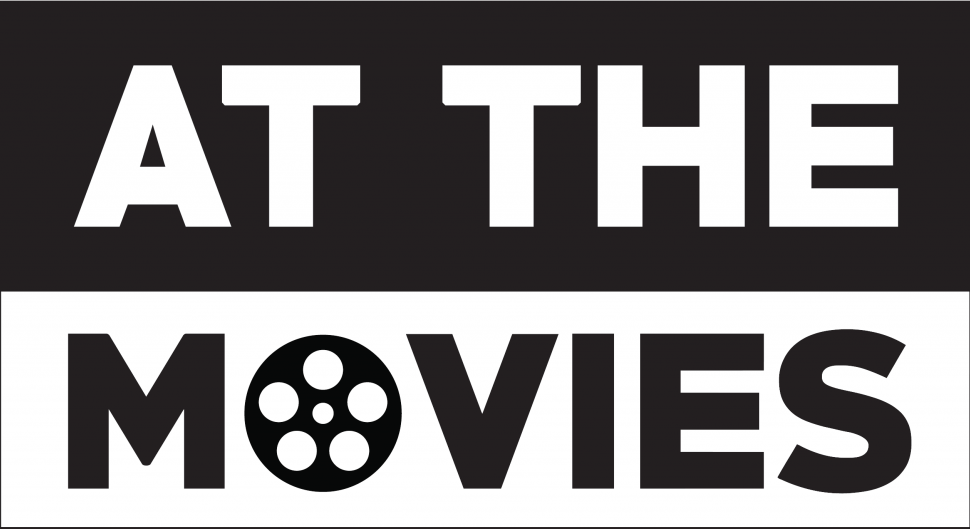ATM: How has the American racing tradition established a bond between people of different backgrounds?
MD: Well, I can only speak for myself. I began filming at the Riverhead Raceway in 2012 as a way to reconnect with a simpler past – both mine and Long Island’s: the long Tuesday and Saturday nights at the racetrack with my dad and brothers, surrounded by fans of all shapes and sizes; the smell of burnt rubber and clutches; the heat radiating off the cars as they drove through concession areas blocked off by sawhorses on their way back to the pits; the sight – sometimes seen from a hole in the fence, when I’d go without my father – of railroad ties rammed loose and lodged like spears in wheel wells, protruding like lances as cars circled the tar track, sparks flying. It seemed that everyone at the track was rooting for “their” race driver – names like Peter “Buzzie” Eriksen or Jerry “Red” Klaus.
ATM: What is most intriguing when seeing a car in action on the racetrack? What feelings were you trying to convey to the audience through the film?

MD: We wanted to capture the intensity of the car racing in a way that people had not seen or experienced before. We accomplished that by creating a film that merges image and sound in a unique narrative form to bring the audience into the world of grassroots racing culture and explore a story that subtly grapples with questions of blue-collar American identity that have taken on a profound relevance in the current political era.
ATM: Describe the intimate and emotional experiences that happened on set between the participants and this tradition.
MD: Riverhead Raceway is more than the spectacle of racing; it’s a membership to a tribe of blue-collar workers who work with their hands to build racing machines out of metal and grease. They live for speed, the chaos of the race, and the drama of the pits. They are fighters and adrenaline junkies, whose identity is inexorably linked to a slice of land where blue-collar glory triumphs over white-collar profit. THE LAST RACE is the story of a place and people who have found a reason to live and a glimpse into their last gasp of passion before the bulldozers move in.
ATM: What other American traditions could you compare stock car racing to for others to have a better understanding of these events/the culture?
MD: For me, there is nothing that compares to experiencing a local race track on a weekend. Unlike the box stores that have paved over most race tracks today, the Riverhead Raceway, like other local tracks, wasn’t designed in a corporate boardroom for maximum efficiency and maximized profit margins. It grew out of a place and a community that loved to go fast. You can spend your Saturdays pushing a shopping cart through the aisle of neatly packaged products in a mall listening to the hum of pleasant music OR you can spend it at a place that makes you feel alive – the roar of engines – the smell like gasoline and burnt tires, the speed, thrills, fights, victories, crashes, and glory.
ATM: In your experiences at Riverhead Raceway, what generational accounts can you recall that spoke to the importance of its existence?
MD: Like visiting a remote jungle tribe, a trip to Riverhead reveals the creations of a community that has passed down building techniques through the generations and crafted their vision of the world with the tools and materials at their disposal. The cars are their weapons, sculptures, flags and family crests rolled into one. They are built from pieces and parts that the driver’s salvage like treasure hunters in junkyards; relics of another era, a time when cars were constructed with nuts, bolts, and welding torches, not silicon and plastic. The dents on their paneling and the scars on their bodies are the records of their past. The cries of the engines are their music, and the race is their triumphant dance that erupts every weekend in a violent swirl of color, sound, and emotion.
ATM: How do American traditions, like stock car racing, strengthen families and allow them to see past their differences?
MD: There is a certain togetherness, a certain camaraderie that total strangers can achieve simply by virtue of living in the same town and rooting for one of the drivers/teams/players in that venue.





